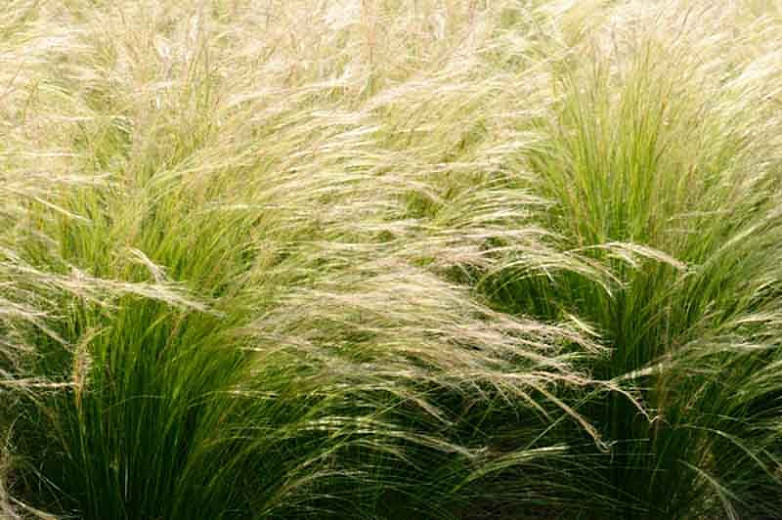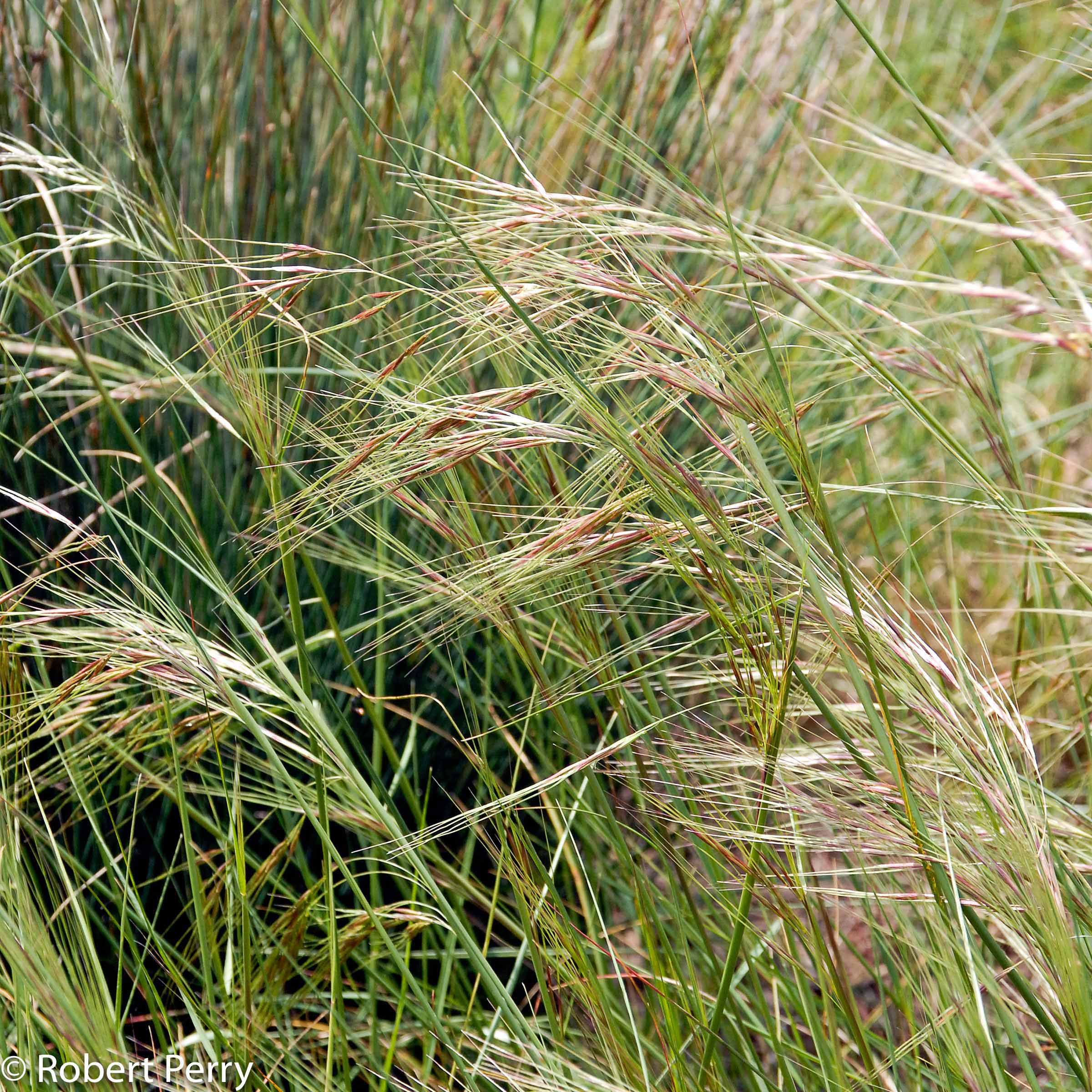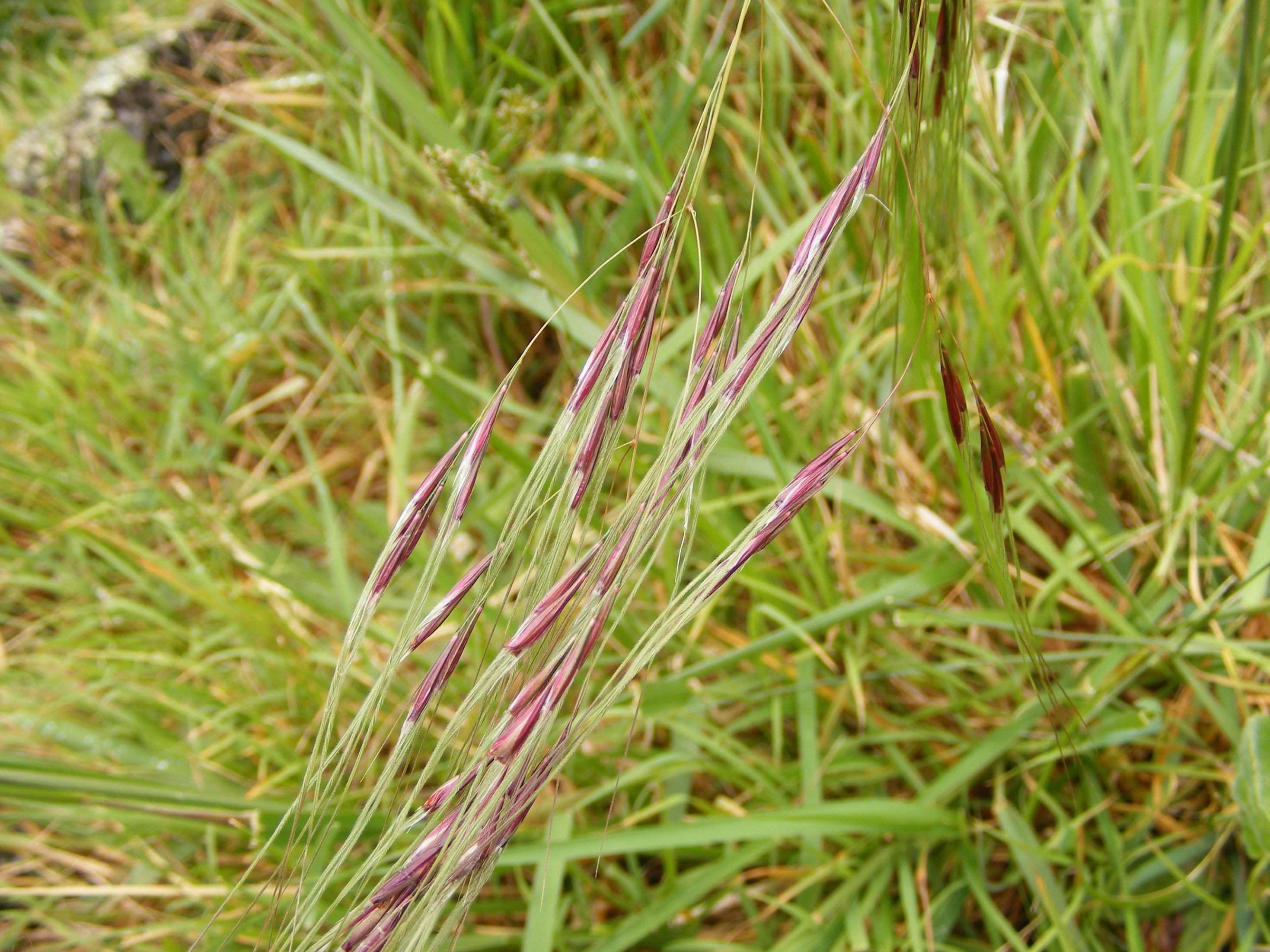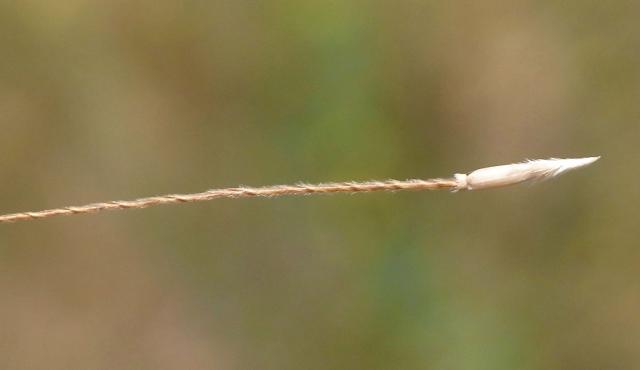Needle Grass: The Invasive Weed That's Destroying Our Land
Title: Needle Grass: The Invasive Weed That's Destroying Our Land
Introduction:
Needle grass is an invasive weed that is wreaking havoc on ecosystems across the United States. This aggressive plant is displacing native grasses, reducing biodiversity, and damaging rangelands. Needle grass is also a fire hazard, and it can contribute to soil erosion.
In this blog post, we will explore the history of needle grass, its impact on the environment, and what can be done to control it. We will also provide some tips on how to identify needle grass and avoid coming into contact with it.
Main Content:
- History of needle grass: Needle grass is native to South America, but it was introduced to the United States in the late 1800s. It was originally used as a forage grass, but it quickly escaped cultivation and became invasive.
- Impact on the environment: Needle grass is a highly competitive plant. It outcompetes native grasses for water, sunlight, and nutrients. This can lead to the decline of native plant communities and the loss of biodiversity.
- Fire hazard: Needle grass is a fire hazard. Its long, dry needles can easily catch fire, and it can spread fire quickly. This can have devastating consequences for rangelands and other ecosystems.
- Soil erosion: Needle grass can also contribute to soil erosion. Its dense root system prevents water from penetrating the soil, which can lead to runoff and erosion.
What can be done to control needle grass?
There are a number of things that can be done to control needle grass, including:
- Mechanical control: This involves physically removing needle grass from the landscape. This can be done by mowing, grazing, or hand-pulling.
- Chemical control: This involves using herbicides to kill needle grass. However, herbicides can be harmful to the environment, so they should only be used as a last resort.
- Biological control: This involves introducing insects or other organisms that feed on needle grass. This is a more sustainable approach than chemical control, but it can take time to be effective.
How to identify needle grass:
Needle grass is a tall, coarse grass with long, sharp needles. It can grow up to 3 feet tall, and it has a distinctive silvery-green color. The needles are about 1 inch long and have a sharp point.
How to avoid coming into contact with needle grass:
If you come into contact with needle grass, be careful not to touch the needles. The needles can cause skin irritation, and they can also get in your eyes. If you do get needle grass needles in your skin or eyes, flush the area with water immediately.
Conclusion:
Needle grass is a serious threat to ecosystems across the United States. It is important to be aware of this invasive weed and to take steps to control it. By working together, we can help to protect our natural resources and prevent needle grass from destroying our land.
Visit the website for more information about needle grass.
FAQ of needle grass
null
Image of needle grass
- Stipa Feather Grass or Needle Grass Nassella tenuissima

- Needle Grass in the Wind

- Needle Grass in a Meadow

- Needle Grass Close-Up

- Needle Grass Seeds

- Needle Grass in a Vase
- Needle Grass in a Garden

- Needle Grass in Autumn
- Needle Grass in Winter

- Needle Grass Against a Blue Sky


Post a Comment for "Needle Grass: The Invasive Weed That's Destroying Our Land"